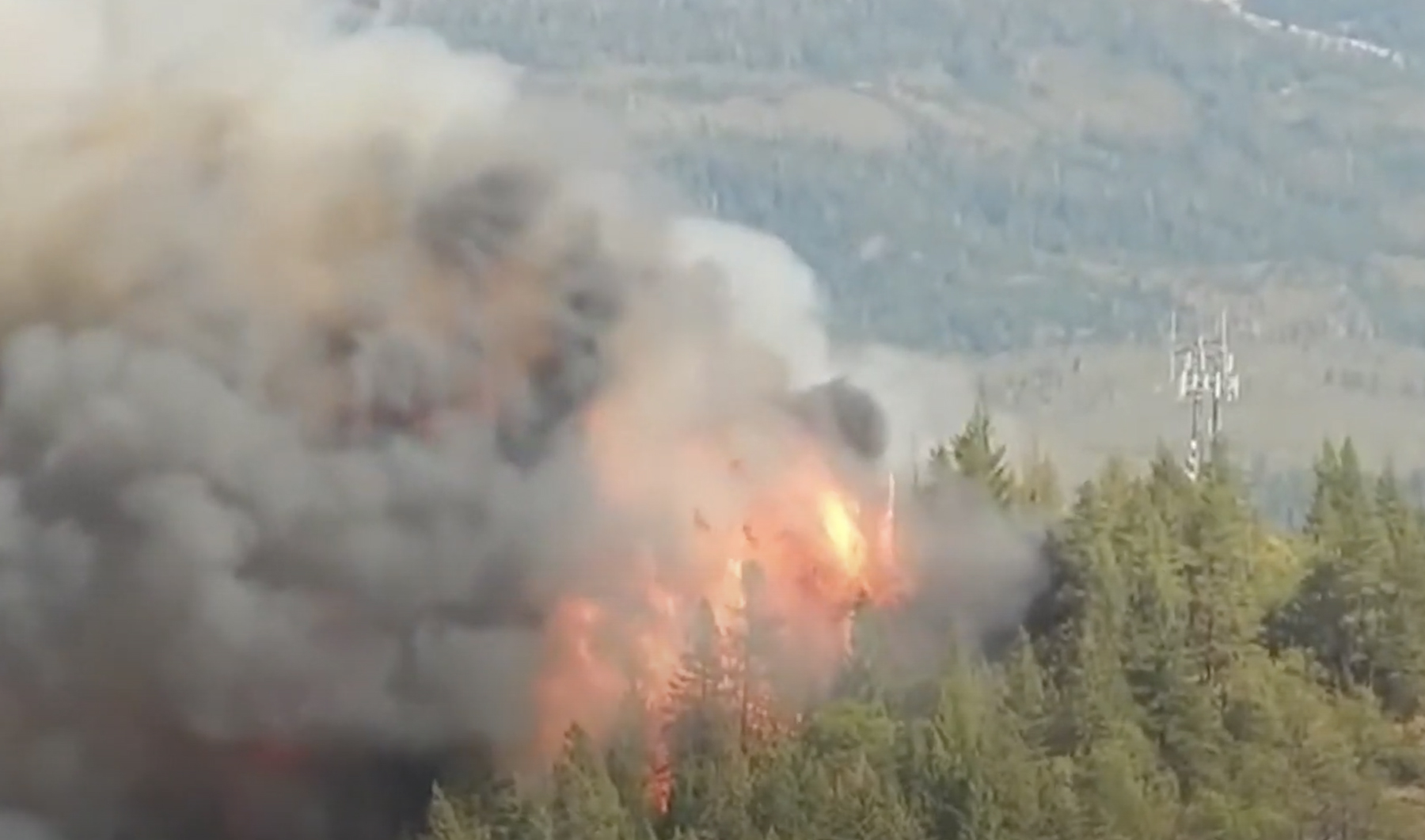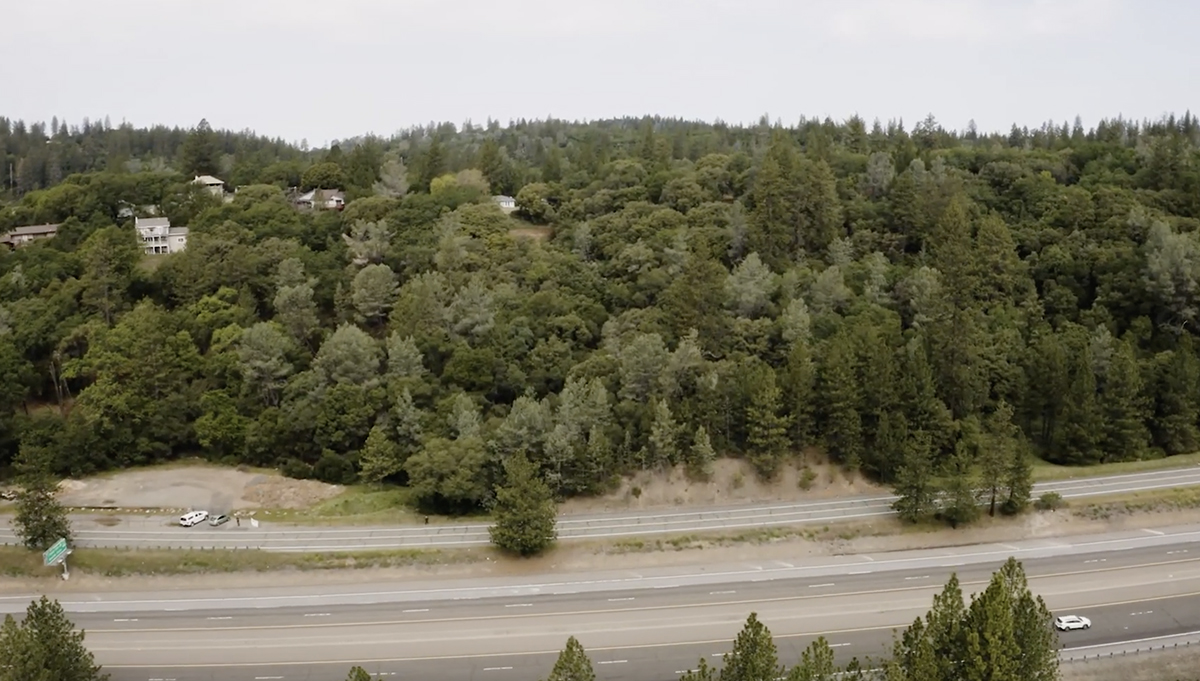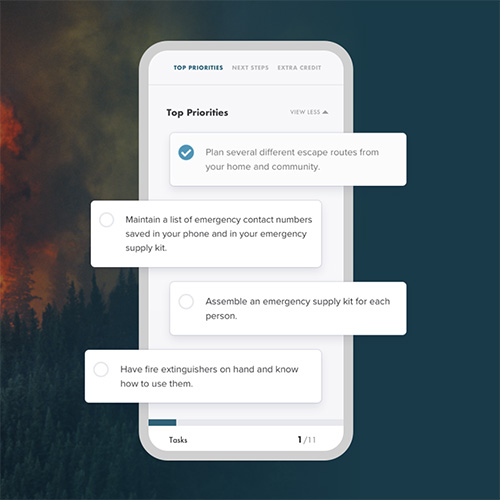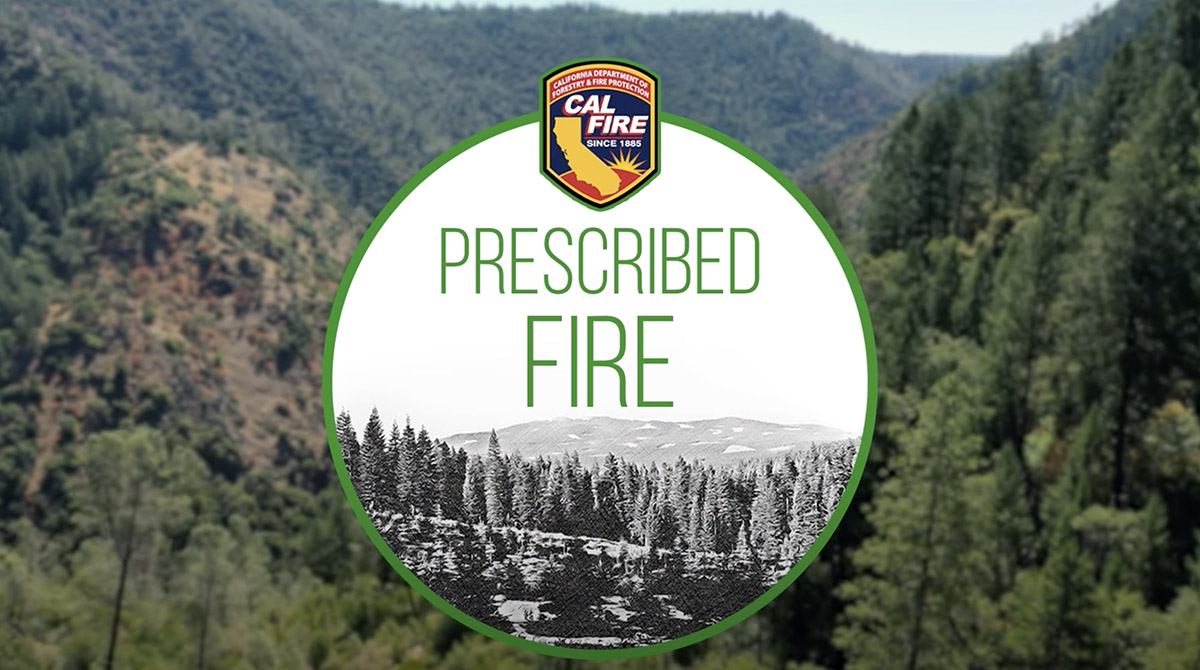Reimagining Big Basin Vision Summary

Reimagining Big Basin
State Parks is engaging stakeholders and the public in an effort to reimagine the future of Big Basin Redwoods State Park following the CZU Lightning Complex Fire that started on August 16, 2020.
CONTACTS
Black Butte: Reducing wildfire risk by saving an iconic landscape
Black Butte: Reducing Wildfire Risk By Saving an Iconic Landscape
Apr 25, 2019: Recently, Pacific Forest Trust partnered with Michigan-California Timber Company (MCTC) and The California Department of Forestry and Fire Protection (CAL FIRE) to permanently conserve MCTC’s 5,006-acre Black Butte Working Forest just outside Weed, California. Here’s a quick overview of why that project fits into all of our work to protect wildlife #habitat, reduce the risk of #wildfire, and keep this iconic land productive and free from the pressures of development.
CONTACTS
CAL FIRE Invests in Workforce and Business Development
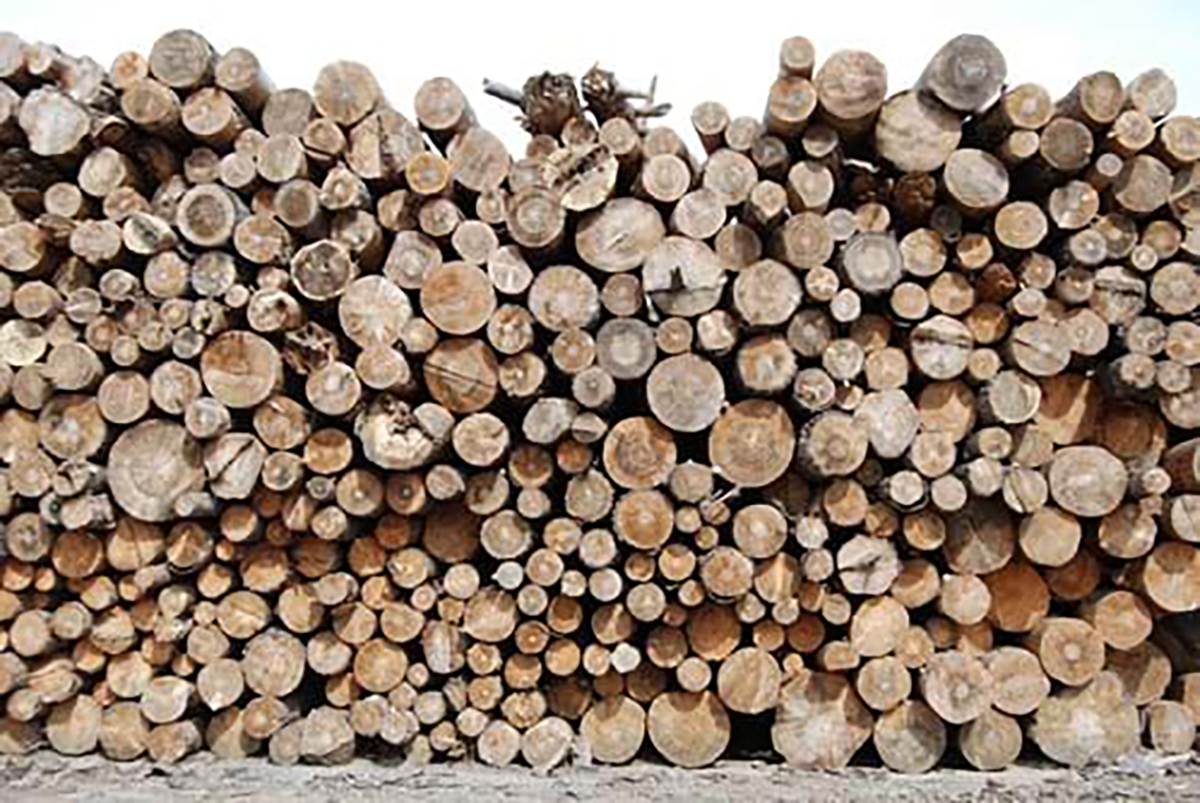
CAL FIRE Invests in Workforce and Business Development
May 27, 2022 – Sacramento – The California Department of Forestry and Fire Protection (CAL FIRE) has awarded $33 million to business development and workforce development projects that support healthy, resilient forests and the people and ecosystems that depend on them.
RESOURCES
A Video Introduction to CAL FIRE's CFIP Program
A Video Introduction to CAL FIRE's CFIP Program
The California Forest Improvement Program (CFIP) is CAL FIRE’s primary program that provides technical and financial assistance to landowners so they can do forest improvement work on their property that helps the state meet its wildfire resilience and forest management goals.
CARB releases ambitious draft climate action plan to reach carbon neutrality by 2045

CARB releases ambitious draft climate action plan to slash use of fossil fuels and reach carbon neutrality by 2045
May 10, 2022 –
SACRAMENTO – The California Air Resources Board (CARB) today released a draft plan that, when final, will guide the state’s transition to a clean energy economy, drastically reduce the use of fossil fuels, achieve carbon neutrality by 2045 or sooner, and significantly clean the state’s air especially in disadvantaged communities disproportionately burdened by persistent pollution.
The draft 2022 Climate Change Scoping Plan is the third update to the state’s initial 2008 Scoping Plan. It identifies a technologically feasible, cost-effective and equity-focused path to achieve carbon neutrality over the next two decades while also assessing the progress the State is making towards reducing its greenhouse gas emissions by at least 40 percent below 1990 levels by 2030.
Release of the draft plan triggers a formal 45-day public comment period. During the 45-day public comment period, the Environmental Justice Advisory Committee may provide additional input on the draft plan. The Board will consider the plan in June and may then provide direction to staff, with an additional period of public comment and engagement prior to the second meeting of the Board in the fall to consider adopting a final draft of the plan.
RESOURCES
Forest & Wildland Stewardship Interagency Tracking System

Forest & Wildland Stewardship Interagency Tracking System
May 1, 2022 – This tracking system framework supports the need of the California Wildfire and Forest Resilience (WFR) Task Force to report on the status of wildfire and forest resilience projects. It has been developed by the WFR Task Force Monitoring, Reporting, and Assessment (MRA) Work Group, in coordination with state and federal agencies and other WFR Task Force stakeholders.
Be Prepared. It’s Wildfire Preparedness Week
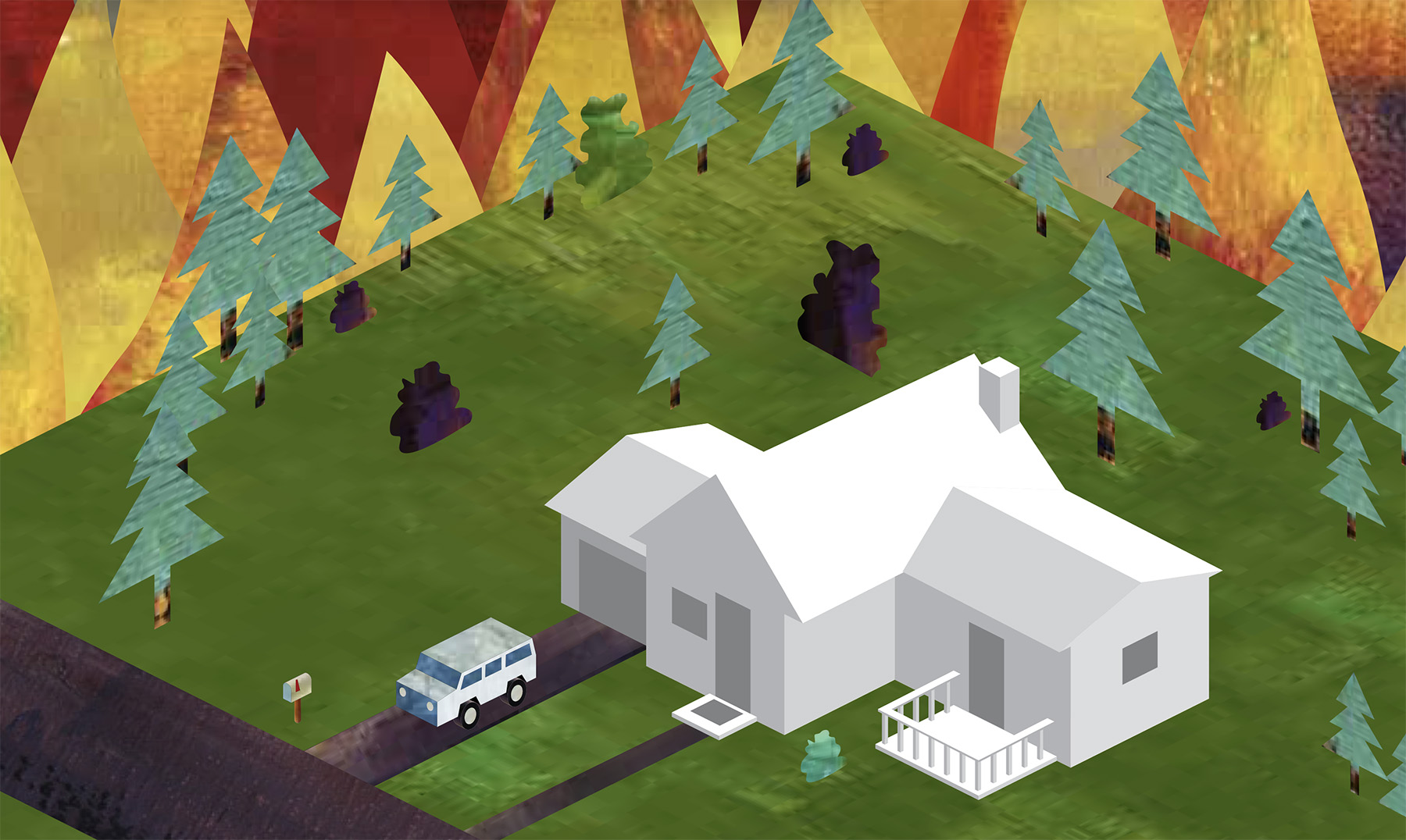
Be Prepared. It’s Wildfire Preparedness Week.
Harden Your Home. Create Defensible Space. Be Prepared for Wildfire! CAL FIRE Uses Wildfire Preparedness Week to Share the Message
May 1, 2022 – California’s Wildfire Preparedness Week is May 1 – 7, 2022, and CAL FIRE and its partner agencies are spending the week raising awareness on what individuals and communities can do to help protect themselves against the threat of wildfires. Being proactive and prepared for wildfire is crucial for all Californians in making its communities more resilient to the impacts of wildfire.
Almost half of the state’s largest and most damaging wildfires occurred in 2020 and 2021, and more than 6.8 million acres burned during this time. Lack of rainfall, with above normal temperatures through the spring, will leave fuel moisture levels lower than normal, increasing the potential for wildland fire activity. In 2022, CAL FIRE has already responded to more than 1,400 wildfires, burning more than 6,500 acres on state and federal lands combined.
“California continues to experience longer wildfire seasons as a direct result of climate change,” said Joe Tyler, CAL FIRE Director/Chief. “Minimal rainfall is expected throughout the spring, leaving most of the state in moderate to extreme drought conditions prior to summer.”
This year, Governor Newsom’s proposed budget for CAL FIRE allocates more than $3 billion for fire management, fire prevention, mitigation efforts including prescribed fire and fuel breaks, forest health, and home hardening.
Californians also have an important role in preparing for and preventing wildfires. Thousands of communities depend on smart planning and prevention tools like protective fuel breaks, defensible space, and home hardening for their safety and survival. These tools work together to build more fire-resilient communities. By preparing well in advance of a wildfire and taking steps now to reduce wildfire risks, you can dramatically increase your safety, the safety of your community, and the survivability of your home.
Meet the Scientists Working To Save Fire-Ravaged Giant Sequoias
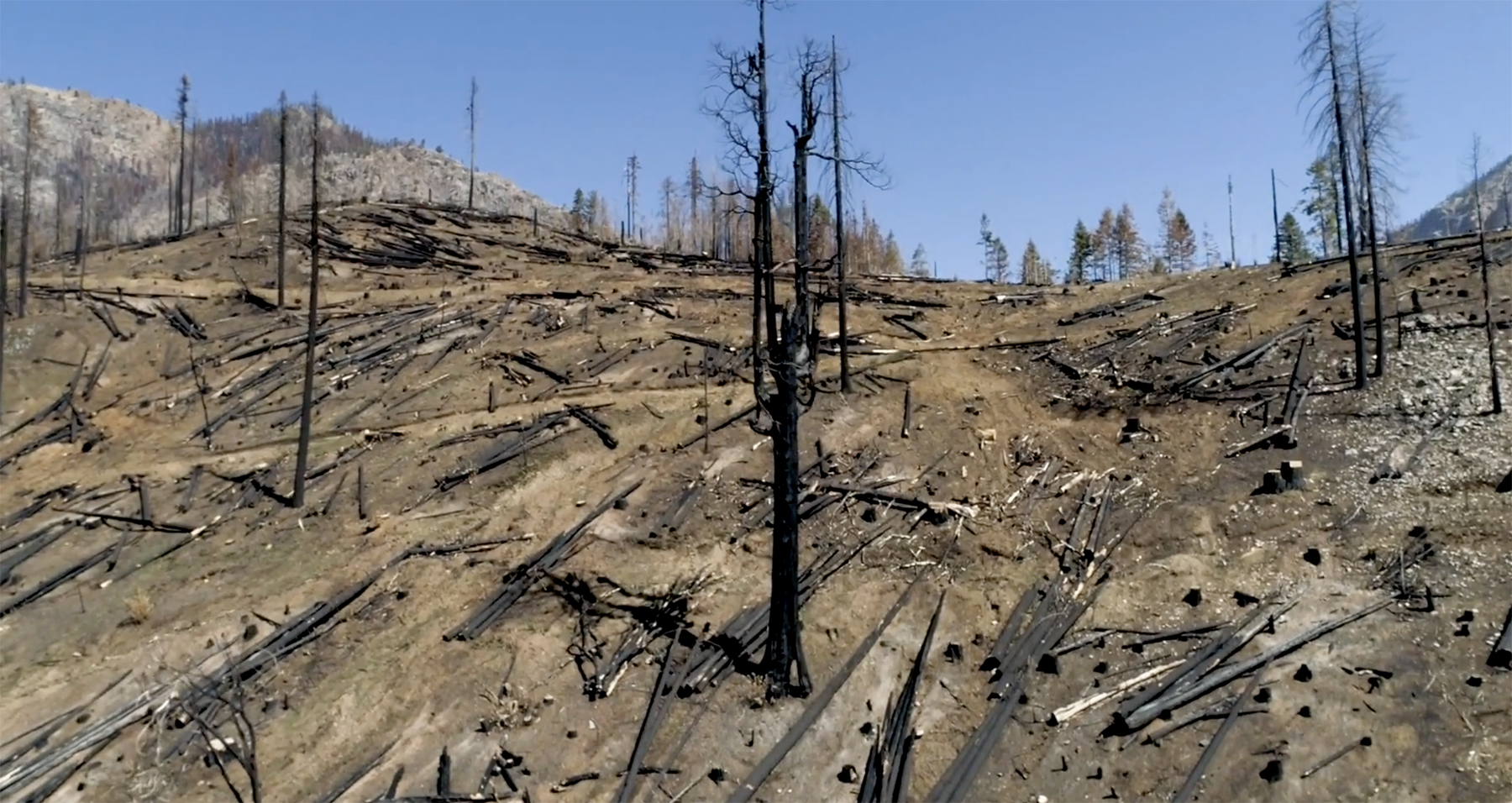
Meet the Scientists Working to Save Fire Ravaged Giant Sequoias
April 30, 2022 – A collection of scientist, foresters and land managers is trying to rebuild the ancient sequoia stands lost in California’s historic wildfires and ensure survival of the hallowed giants. The San Francisco Chronicle profiled them in a fascinating column.
RESOURCES
CAL FIRE Reforestation
Services Program
National Park Service
Giant Reforestation
Overview
CNRA Finalizes Key Strategies For Advancing Biodiversity To Address Climate Change
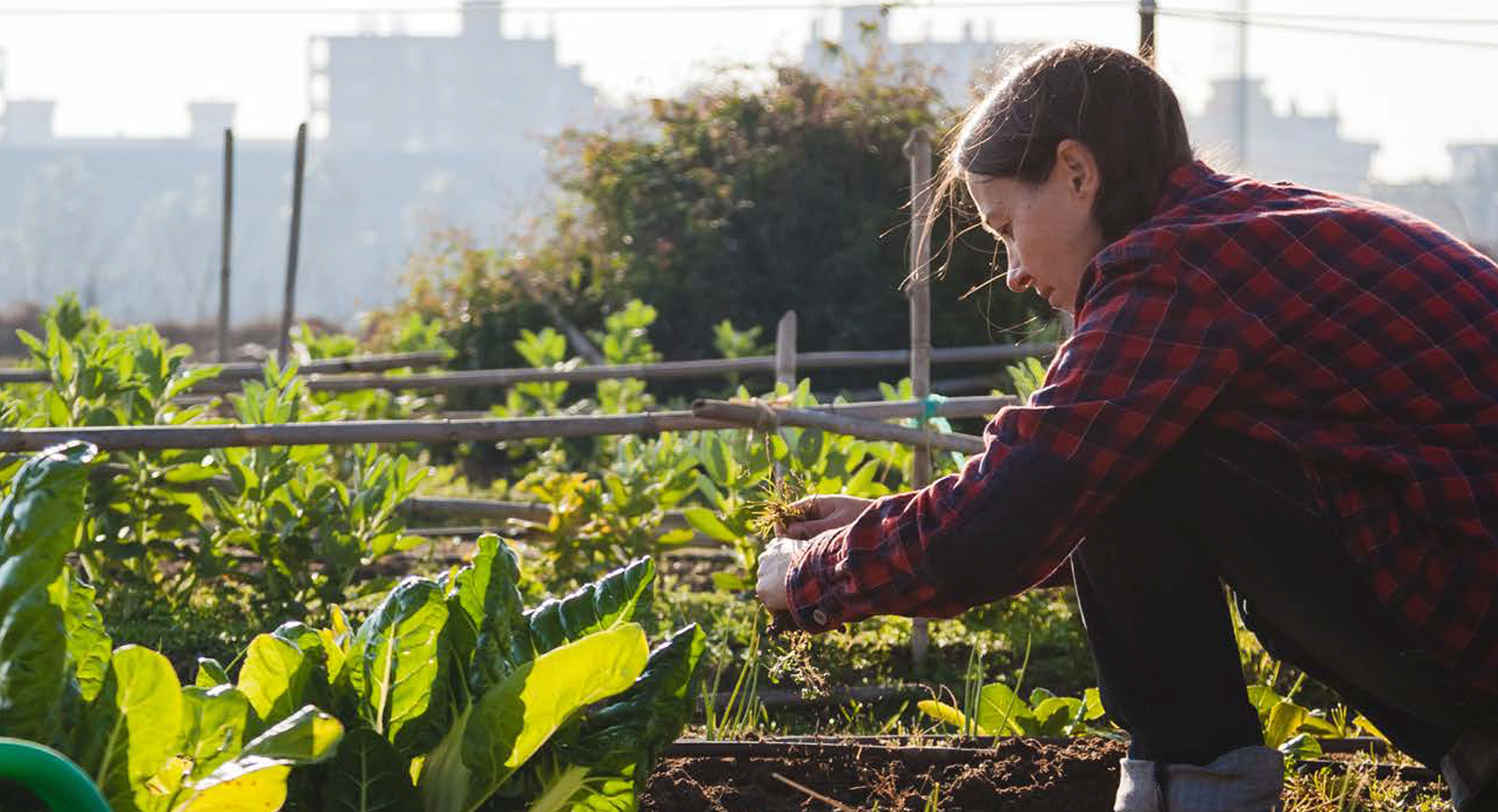
CNRA Finalizes Key Strategies For Advancing Biodiversity To Address Climate Change
April 22, 2022 – Today in conjunction with Earth Day, the California Natural Resources Agency (CNRA) released two documents:
- The final Natural and Working Lands Climate Smart Strategy to advance California’s commitment to building an equitable, resilient, and carbon-neutral future through climate-focused land management.
- The final Pathways to 30×30: Accelerating Conservation of California’s Nature strategy to support the state’s pledge to conserve 30 percent of California’s lands and coastal waters by 2030 (30×30) to protect biodiversity, advance equitable access to nature and address climate change.
These forward-thinking strategies respond to Governor Newsom’s October 2020, Nature-Based Solutions Executive Order N-82-20, advancing biodiversity conservation as an administration priority and elevating the role of nature in the fight against climate change. As part of this Executive Order, California committed to the goal of conserving 30 percent of our lands and coastal waters by 2030 (30×30).
The two strategies were shaped by months of public engagement. More than 4,100 Californians engaged with the state to provide input through more than a dozen public meetings, regionally based workshops, expert topical panels on key concepts, such as equity and science, and comments on draft strategies.
Natural and Working Lands Climate Smart Strategy
The Natural and Working Lands (NWL) Climate Smart Strategy establishes California’s approach to delivering on our climate change goals through action in the natural and working lands sector. These lands cover 90 percent of California’s 105 million acres.
Healthy landscapes can sequester and store carbon, limit future greenhouse gas emissions into the atmosphere, protect people and nature from the impacts of climate change, and build resilience to future impacts of climate change. Unhealthy landscapes have the opposite effect — they release more greenhouse gases than they store, worsen climate risks to people and nature, and are more vulnerable to future climate change impacts.
Climate smart management of natural and working lands can also deliver on other critical priorities for California, such as improving public health and safety, securing food and water supplies, and increasing equity.
The NWL Climate Smart Strategy defines eight landscape types that California will better manage for climate action, including forests, farms, communities, and wetlands. It highlights priority nature-based climate solutions to address the climate crisis and describes how these solutions can advance California’s broader environmental, economic, and social objectives. The NWL Climate Smart Strategyalso sets priorities for areas of near-term state focus and underscores the essential role of partnerships for successful climate action in this sector.
30×30
The state’s 30×30 initiative is part of an international movement of over 90 countries to protect nature across the planet. Pathways to 30×30 will drive action on biodiversity, access, and climate across California and complements the state’s NWL Climate Smart Strategy and the California Outdoors for All Initiative.
Pathways to 30×30 aims to accelerate the conservation of California’s lands and coastal waters through voluntary, collaborative action with federal and local governments, Native American Tribes, and private landowners. It is a visionary, science-based set of strategies for conservation that contains practical, easily applicable, and accessible steps to achieve the goals outlined in EO N-82-20.
The state estimates that 24 percent of California’s lands and 16 percent of our coastal waters are already conserved. To conserve an additional 6 million acres of land and an additional 500,000 acres of coastal waters by 2030, Pathways to 30×30 includes the following 10 Pathways:
- Accelerate Regionally Led Conservation
- Execute Strategic Land Acquisitions
- Increase Voluntary Conservation Easements
- Enhance Conservation of Existing Public Lands and Coastal Waters
- Institutionalize Advance Mitigation
- Expand and Accelerate Environmental Restoration and Stewardship
- Strengthen Coordination Among Governments
- Align Investments to Maximize Conservation Benefits
- Advance and Promote Complementary Conservation Measures
- Evaluate Conservation Outcomes and Adaptively Manage
CNRA is responsible for overseeing the implementation of Pathways to 30×30, driving near-term strategic actions to advance progress, leveraging public funding, establishing the 30×30 Partnership, and maintaining californianature.ca.gov to inform, empower, and engage conservation champions across the state.
In conjunction with today’s announcement, CNRA also recently released a fully functional version of CA Nature, a publicly accessible suite of interactive mapping and visualization tools. CA Nature compiles statewide biodiversity, access, climate, and conservation information in one place to advance 30×30. This geographic information system (GIS) will support the implementation of 30×30 efforts at the state, regional and local levels. The website will be regularly updated to track and show progress toward meeting the goals outlined in EO 82-N-20.
This year’s Earth Day theme is Invest in Our Planet. Join California in leading the way toward an equitable, resilient, and carbon-free future!
Spanish translation for both strategies will be available soon.

